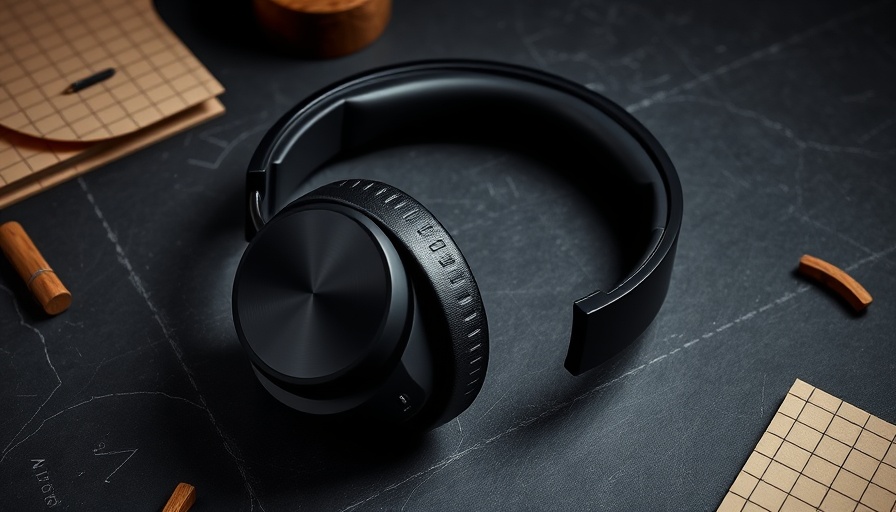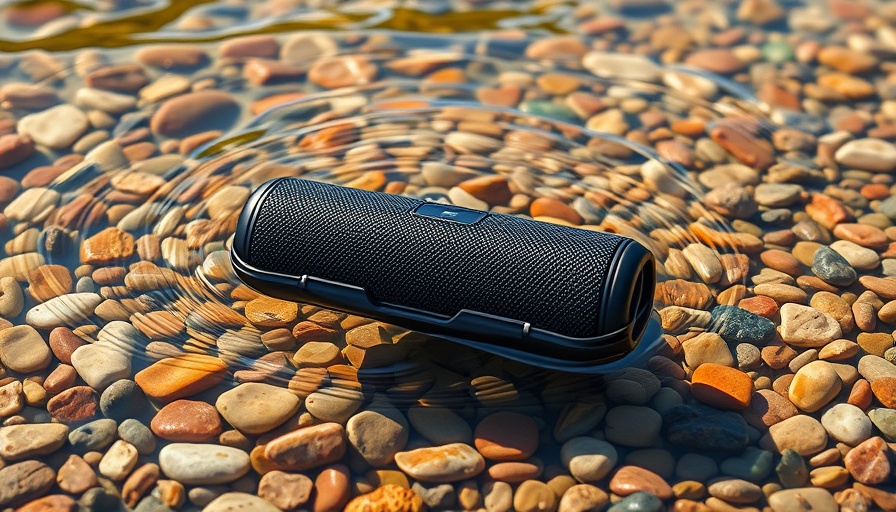
Revolutionizing Gaming: Anticipating the Arctis Nova Pro Wireless 2
As one of the most talked-about gaming headsets over the last few years, the Arctis Nova Pro Wireless has set a high bar in comfort and sound quality. However, the hype surrounding its successor—the Arctis Nova Pro Wireless 2—signals the need for significant improvements that address the evolving demands of gamers. With over three years since the original's release, anticipation is heightened for features that can elevate the user experience.
Shift Towards Affordability: A Price Drop is Essential
In a market that now offers both premium and budget-friendly gaming headsets, price sensitivity has become paramount. The original Arctis Nova Pro Wireless debuted at a hefty $350, a price point that pushed many prospective buyers toward competitive alternatives boasting similar features but at lower costs. With options like the SteelSeries Arctis Nova 7 Wireless priced under $200, it's essential for the Nova Pro Wireless 2 to enter the market with a more accessible price tag. A more affordable headset will open doors for many gamers who wish to experience quality sound without breaking the bank.
Compatibility for All: The Importance of Cross-Platform Functionality
The gaming ecosystem has changed dramatically, transitioning towards cross-platform compatibility as a standard expectation. Without the ability to seamlessly connect across different consoles—such as PlayStation 5, Xbox Series X/S, or even PCs—headsets fall short of their potential. Competitors like the Audeze Maxwell showcase versatility by integrating OS-agnostic features that cater to diverse gaming scenarios. The Arctis Nova Pro Wireless 2 must evolve by introducing more flexible compatibility options to keep up with gamers’ diverse needs.
Enhanced Audio Experience: Innovations in Sound Technology
With gaming audio becoming increasingly critical for immersive experiences, any new iteration of this headset will have to push the envelope in sound quality. Expectations include the introduction of advanced audio technologies such as spatial sound, improved mic sensitivity, and noise cancellation features. Rivals are not standing still; products like the Logitech G733 and SteelSeries Arctis 9X already provide stellar audio capabilities. Hence, the Nova Pro Wireless 2 should leverage innovative audio solutions to create a richly engaging gaming soundscape.
Commitment to Comfort: Ergonomics Matter
For long gaming sessions, comfort is non-negotiable. The original Nova Pro Wireless already excelled in this area, but further advancements must be made. Ideas such as customizable ear pads, adjustable down force, and enhanced headband designs could provide gamers with that additional level of comfort. This commitment to ergonomics should also extend to weight management—ensuring that the headset remains lightweight during extended use without compromising build quality.
Future Tech: Embracing Wireless Convenience
The rise of wireless technology, especially within gaming peripherals, is unmistakable. As gamers increasingly prefer the mobility of wireless devices, it's essential that SteelSeries innovates moving forward. Wireless connectivity needs to improve with regard to battery life and latency, enhancing the overall user experience. Gamers are looking for headsets that can easily transition from a gaming environment to a mobile setup without compromise.
The Competitive Landscape: Why Innovation is Key
The gaming headset market is more versatile than ever, presenting both challenges and opportunities for manufacturers. New entry-level models are integrating features once exclusive to high-end products, increasing the pressure on established brands like SteelSeries. By embracing innovation and addressing current gaps, the Arctis Nova Pro Wireless 2 could emerge not only as a worthy successor but as a leader once again in a competitive market.
 Add Row
Add Row  Add
Add 




Write A Comment